
Shutterstock
Magnesium is an essential mineral that plays a key role in maintaining energy levels, muscle function, and overall health. Unfortunately, many people don’t get enough magnesium in their daily diets, which can lead to fatigue, muscle cramps, and other health issues. Incorporating magnesium-rich foods into your meals is a simple and natural way to meet your body’s needs. From leafy greens and nuts to fortified beverages, there are plenty of delicious options to choose from. Here’s a list of 25 practical and tasty ways to boost your magnesium intake and support your health.
Eat More Leafy Greens
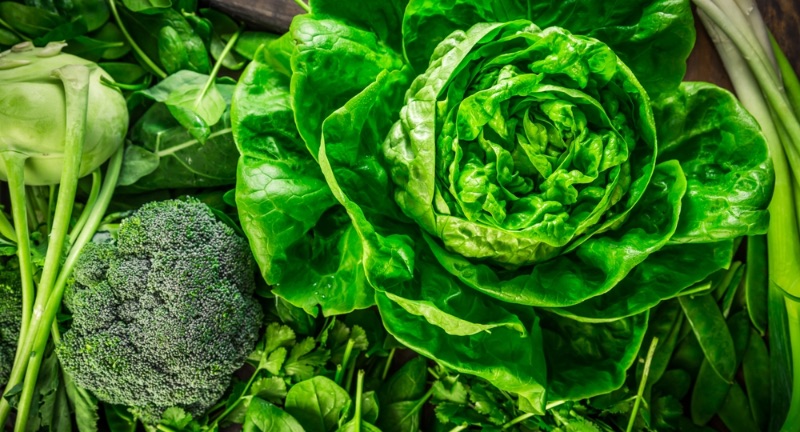
Shutterstock
Leafy greens like spinach, kale, and Swiss chard are excellent sources of magnesium. They’re also rich in other essential nutrients like vitamin K and iron, making them a powerhouse addition to any meal. Add them to salads, smoothies, or as a cooked side dish for a quick magnesium boost. Their versatility makes it easy to incorporate them into your daily diet.
Snack on Nuts
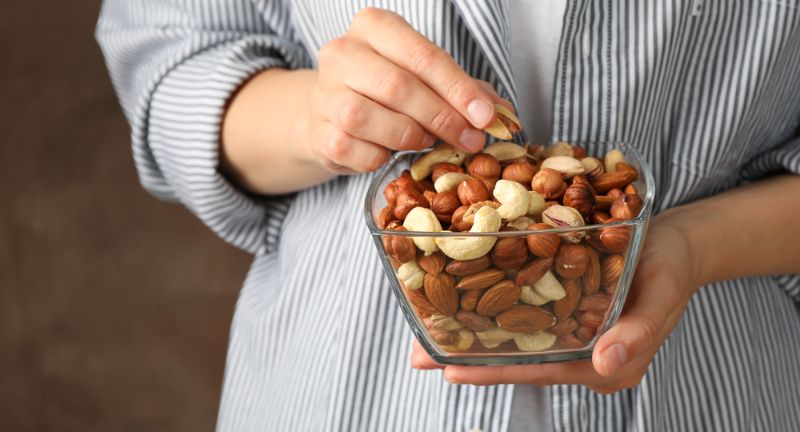
Shutterstock
Nuts like almonds, cashews, and Brazil nuts are packed with magnesium and make for a convenient snack. They’re also high in healthy fats, which contribute to heart health and sustained energy levels. Keep a small bag of nuts handy for an on-the-go snack that’s both satisfying and nutritious. Just remember to opt for unsalted varieties to avoid excess sodium.
Incorporate Whole Grains
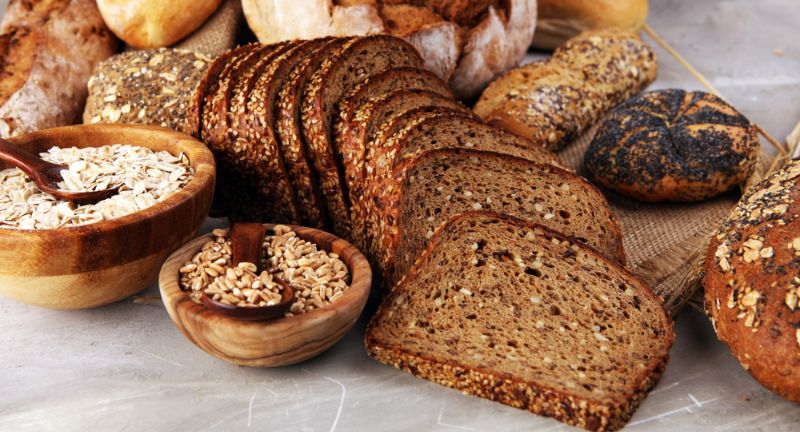
Shutterstock
Whole grains like brown rice, quinoa, and whole wheat are great sources of magnesium. Unlike refined grains, whole grains retain their magnesium-rich outer layers. Swap out white rice and bread for their whole-grain counterparts to naturally increase your magnesium intake. These foods are also rich in fiber, which supports digestion and overall health.
Add Seeds to Your Meals
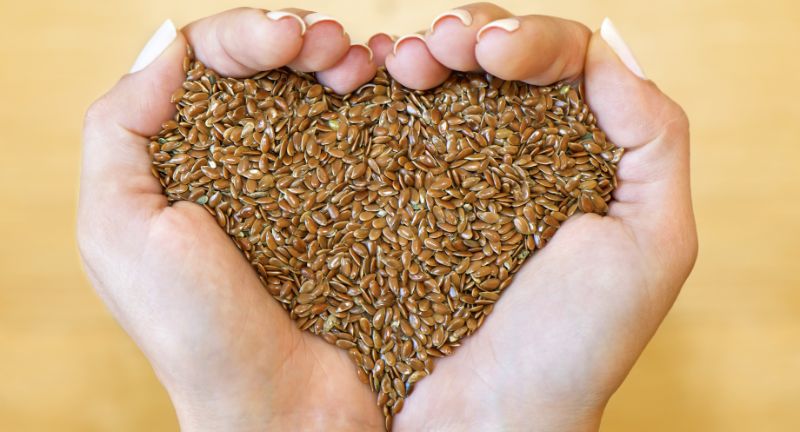
Shutterstock
Seeds like pumpkin, sunflower, and flaxseeds are nutrient-dense and high in magnesium. Sprinkle them over salads, oatmeal, or yogurt for a crunchy, nutritious topping. They’re also easy to include in homemade granola or energy bars for an added magnesium boost. Incorporating seeds into your meals can enhance flavor while providing essential nutrients.
Eat More Avocados

Shutterstock[/caption]
Shutterstock
Avocados are not only creamy and delicious but also rich in magnesium. Add them to salads, spread them on toast, or blend them into smoothies for a versatile magnesium boost. They’re also loaded with healthy fats that support heart health and keep you feeling full longer. Including avocados in your diet is an easy and tasty way to up your magnesium intake.
Incorporate Legumes
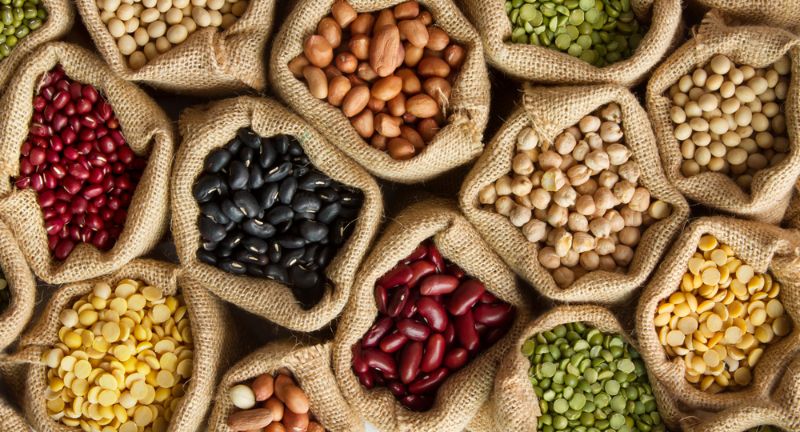
Shutterstock
Legumes like black beans, chickpeas, and lentils are excellent sources of magnesium and plant-based protein. Use them in soups, salads, or as a hearty side dish to make your meals more nutritious. Their high fiber content also supports digestive health and helps keep you full. Canned or dried legumes are both great options, just rinse canned varieties to reduce sodium.
Enjoy Dark Chocolate

Shutterstock
Dark chocolate is not just a treat—it’s also a good source of magnesium. Choose dark chocolate with at least 70% cocoa content for maximum health benefits. It’s perfect as a dessert or a mid-day pick-me-up that satisfies your sweet tooth. Just enjoy it in moderation to avoid excess sugar and calories.
Drink Mineral Water

Shutterstock
Certain mineral waters are naturally high in magnesium, making them a refreshing way to boost your intake. Drinking mineral water can also provide other essential minerals like calcium. Check the label to ensure the magnesium content fits your dietary needs. It’s a simple way to stay hydrated while supporting your magnesium levels.
Incorporate Fatty Fish
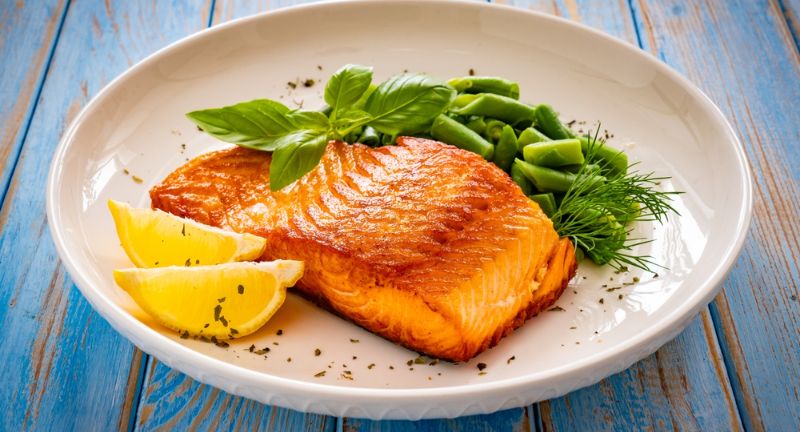
Shutterstock
Fatty fish like salmon, mackerel, and tuna are rich in magnesium and omega-3 fatty acids. These nutrients work together to support heart and brain health. Include fatty fish in your meals at least twice a week to reap their full benefits. Whether grilled, baked, or in a salad, they’re a delicious way to enhance your magnesium intake.
Snack on Bananas

Shutterstock
Bananas are a convenient, portable snack that contains magnesium along with potassium. They’re perfect for a quick energy boost during the day or after a workout. Add them to smoothies, oatmeal, or enjoy them on their own for a natural and nutritious snack. Their sweet taste makes them a favorite for all ages.
Include Tofu in Your Meals
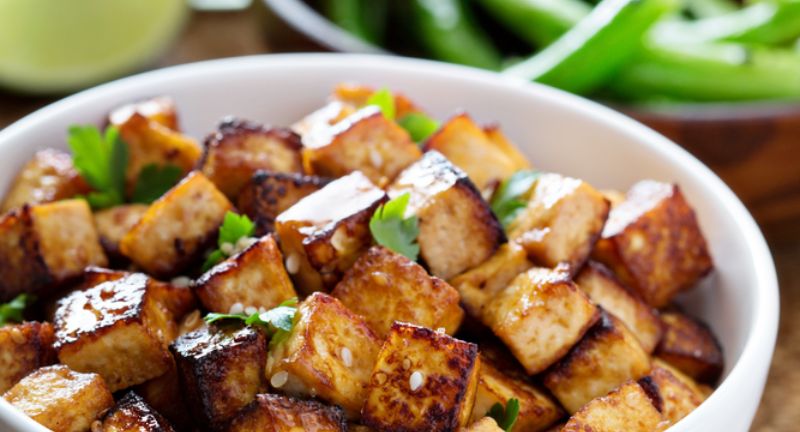
Shutterstock
Tofu is a versatile plant-based protein that’s also a good source of magnesium. Use it in stir-fries, soups, or salads to add variety and nutrition to your meals. Tofu absorbs flavors well, making it easy to season according to your taste preferences. It’s a great option for vegetarians and anyone looking to boost their magnesium intake.
Snack on Edamame
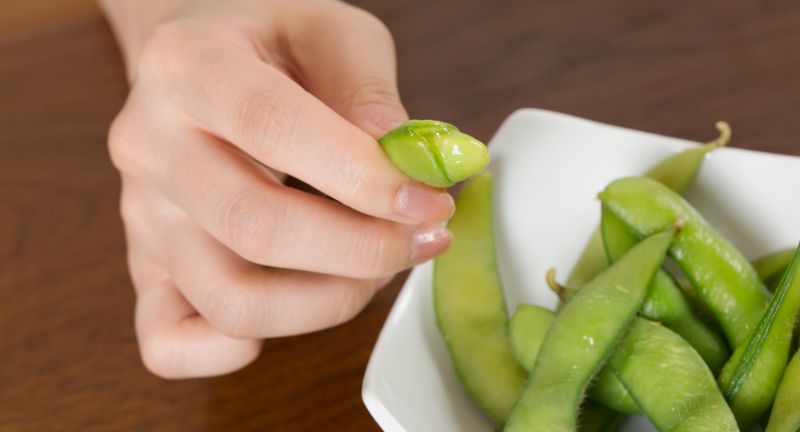
Shutterstock
Edamame, or young soybeans, are a tasty and magnesium-rich snack. They’re also packed with protein, making them a filling and nutritious option. Steam them and sprinkle with a little seasoning for a quick and satisfying treat. Edamame is perfect as a snack or appetizer that supports your magnesium goals.
Add Sweet Potatoes
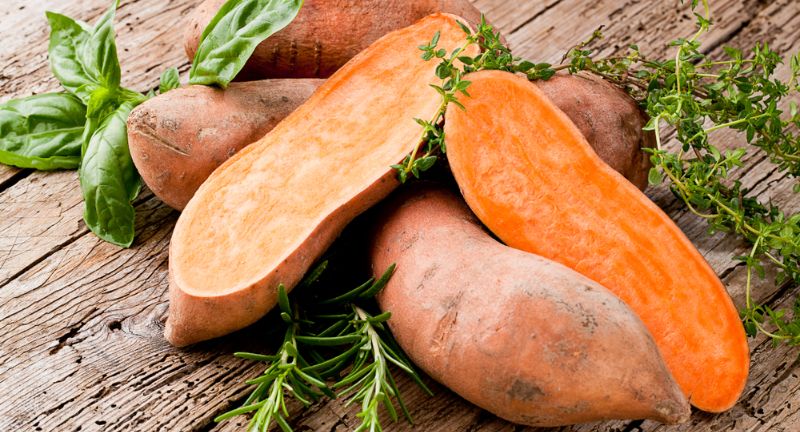
Shutterstock
Sweet potatoes are a delicious way to increase your magnesium intake. They’re versatile and can be baked, mashed, or roasted to suit any meal. Along with magnesium, sweet potatoes are packed with fiber, vitamin A, and antioxidants. Their natural sweetness makes them a favorite for both savory and sweet dishes.
Incorporate Yogurt

Shutterstock[/caption]
Shutterstock
Yogurt, especially plain or Greek varieties, is a good source of magnesium and calcium. It’s a great breakfast option or snack that can be paired with fruits and nuts for added nutrients. Yogurt is also rich in probiotics, supporting gut health alongside magnesium intake. Choose unsweetened varieties to avoid unnecessary added sugars.
Use Peanut Butter

Shutterstock
Peanut butter is a tasty and convenient source of magnesium. Spread it on whole-grain toast, add it to smoothies, or pair it with apples or bananas for a quick snack. Look for natural, unsweetened varieties to avoid added sugars and unhealthy fats. A small serving can provide a satisfying boost to your magnesium intake.
Try Oats

Shutterstock
Oats are a magnesium-rich whole grain that makes for a hearty and healthy breakfast. Top your oatmeal with fruits, nuts, and seeds for a nutrient-packed start to your day. Oats are also high in fiber, helping to keep you full and support digestive health. Opt for steel-cut or old-fashioned oats for the most benefits, as instant varieties may have added sugars.
Include Spinach in Your Meals
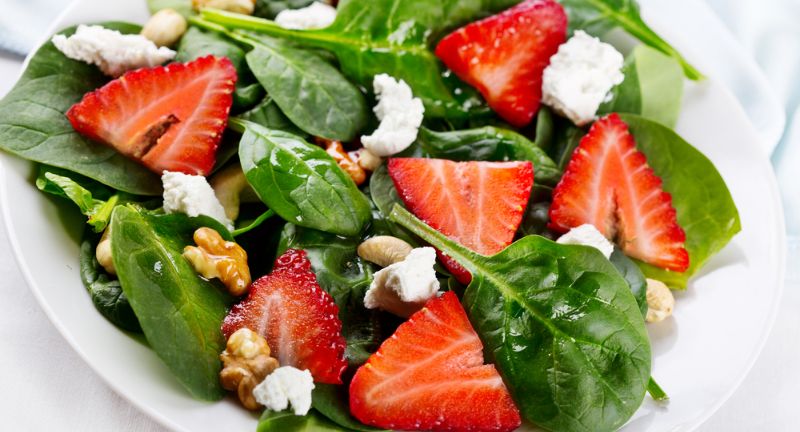
Shutterstock
Spinach is one of the most magnesium-rich leafy greens you can include in your diet. Add it to smoothies, soups, or as a side dish for an easy magnesium boost. It’s also high in iron and vitamin K, making it a well-rounded addition to your meals. Cooking spinach slightly can enhance nutrient absorption while maintaining its health benefits.
Eat More Broccoli

Shutterstock
Broccoli is a magnesium-rich vegetable that’s easy to incorporate into your meals. Steam, roast, or stir-fry it as a side dish or add it to pasta and casseroles. Along with magnesium, broccoli is loaded with fiber, vitamin C, and antioxidants. Its versatility and health benefits make it a great choice for boosting your magnesium intake.
Snack on Dried Fruit
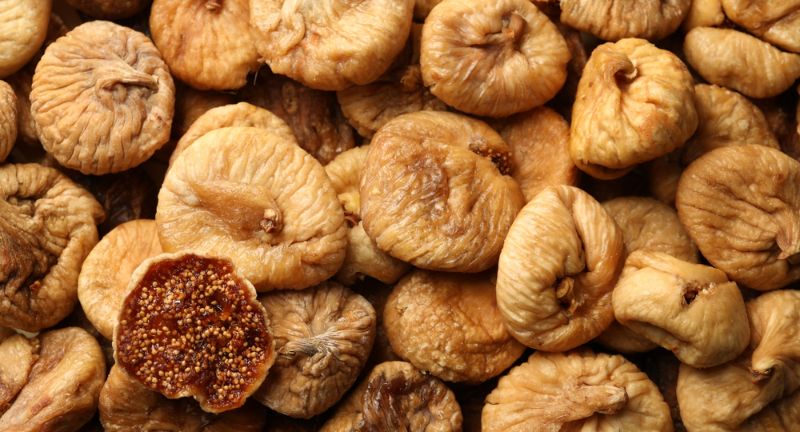
Shutterstock
Dried fruits like figs, apricots, and raisins are a sweet way to increase your magnesium intake. They’re portable and easy to add to trail mix, yogurt, or salads. Be mindful of portion sizes, as dried fruits can be calorie-dense due to their concentrated natural sugars. Choose unsweetened varieties for a healthier option.
Add Peas to Your Meals

Shutterstock
Peas are a simple and nutritious way to add magnesium to your diet. Use them in soups, stir-fries, or as a side dish to complement your meal. Peas are also high in fiber and protein, making them a satisfying and versatile ingredient. Fresh, frozen, or canned peas all provide a boost of magnesium and other nutrients.
Include Artichokes

Shutterstock
Artichokes are a nutrient-dense vegetable that contains a good amount of magnesium. Steam them and enjoy with a light dip, or incorporate them into salads and pasta dishes. They’re also a good source of fiber and antioxidants, supporting overall health. Artichokes add a unique flavor and texture to your meals while boosting your magnesium intake.
Use Almond Flour
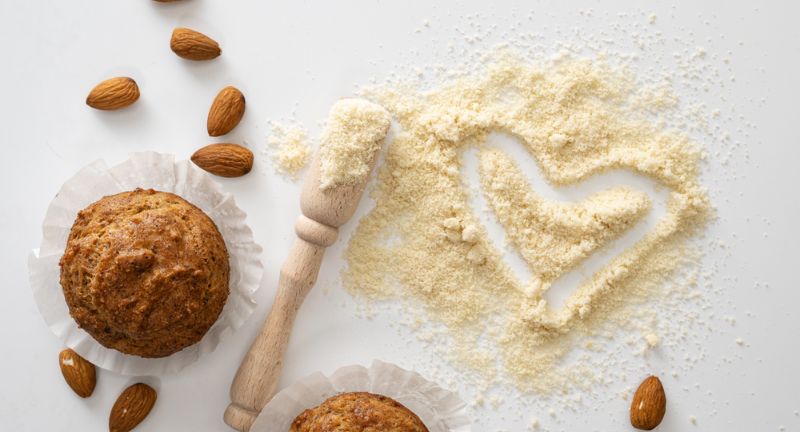
Shutterstock
Almond flour is a gluten-free alternative that’s high in magnesium. Use it in baking, pancakes, or as a breading for chicken and fish. It provides a subtle nutty flavor and adds nutritional value to your recipes. This versatile ingredient is a great choice for those looking to increase their magnesium intake while avoiding refined flours.
Drink Fortified Milk Alternatives

Shutterstock
Fortified plant-based milk alternatives like almond, soy, or oat milk are often enriched with magnesium. These options are great for those who are lactose intolerant or prefer non-dairy beverages. Use them in smoothies, cereals, or as a base for creamy soups. Check labels to ensure the brand you choose is fortified with essential nutrients like magnesium and calcium.
Conclusion

Shutterstock
Adding more magnesium-rich foods to your diet doesn’t have to be difficult or boring. With so many delicious and versatile options, from leafy greens to dark chocolate, it’s easy to find ways to meet your magnesium needs. By making small changes, like swapping in whole grains or snacking on nuts and seeds, you can improve your overall health while enjoying your meals. Remember, balanced nutrition is key to feeling your best and staying energized. Start incorporating these simple tips today, and let your diet work for your health!





 Shutterstock[/caption]
Shutterstock[/caption]







 Shutterstock[/caption]
Shutterstock[/caption]



































